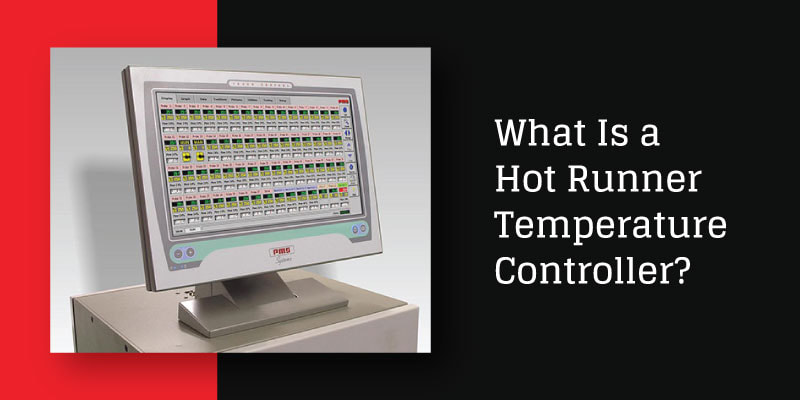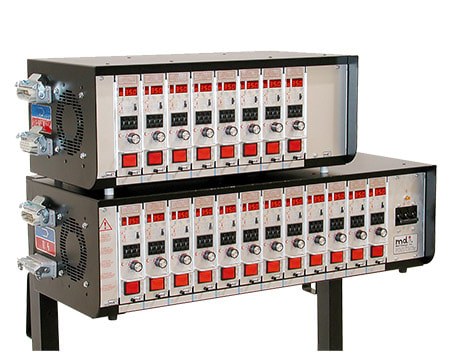Hot runner temperature controllers play a vital role in optimizing injection molding processes, ensuring precise temperature control within the hot runner system.
Description
A hot runner temperature controller is a specialized device utilized in injection molding systems to precisely regulate the temperature of the hot runner system.
The hot runner system comprises a series of heated channels or nozzles through which molten plastic is injected into the mold cavity. The primary function of the temperature controller is to maintain consistent and uniform temperatures throughout these channels, ensuring optimal flow and distribution of the molten material.
The hot runner system comprises a series of heated channels or nozzles through which molten plastic is injected into the mold cavity. The primary function of the temperature controller is to maintain consistent and uniform temperatures throughout these channels, ensuring optimal flow and distribution of the molten material.
Types of Hot Runner Temperature Controllers
How Does a Hot Runner Temperature Controller Work?
The operation of a hot runner temperature controller revolves around precise temperature regulation and control mechanisms. Typically, these controllers employ advanced thermocouples or resistance temperature detectors (RTDs) strategically placed within the hot runner system to continuously monitor the temperature at various points.
Based on the real-time temperature data collected by these sensors, the temperature controller adjusts the power supplied to the heating elements within the hot runner system. By modulating the heating elements' output, the controller maintains the desired temperature setpoints with exceptional accuracy.
Modern hot runner temperature controllers often feature sophisticated algorithms and feedback mechanisms that enable them to anticipate temperature fluctuations and preemptively adjust the heating elements, ensuring stable and consistent thermal conditions throughout the injection molding process.
Based on the real-time temperature data collected by these sensors, the temperature controller adjusts the power supplied to the heating elements within the hot runner system. By modulating the heating elements' output, the controller maintains the desired temperature setpoints with exceptional accuracy.
Modern hot runner temperature controllers often feature sophisticated algorithms and feedback mechanisms that enable them to anticipate temperature fluctuations and preemptively adjust the heating elements, ensuring stable and consistent thermal conditions throughout the injection molding process.
Advantages
- Enhanced Quality & Consistency: By maintaining precise temperature control within the hot runner system, these controllers ensure consistent material flow and distribution, resulting in molded parts with uniform properties and dimensions.
- Reduced Cycle Times: Optimal temperature control enables faster cooling of the molded parts, thereby reducing cycle times and increasing overall production efficiency.
- Minimized Material Waste: With uniform heating and distribution, hot runner temperature controllers help minimize material waste by reducing the occurrence of defects such as sink marks, warpage, and short shots.
- Increased Flexibility: The ability to precisely control the temperature of individual hot runner nozzles allows for greater flexibility in molding complex parts with varying geometries and material requirements.
- Cost Savings: Improved efficiency, reduced cycle times, and minimized material waste translate into significant cost savings for injection molding operations over the long term.
Proheat is an authorized distributor of all MDI (Melt Design, Inc.) Hot Runner Systems, Hot Runner Nozzles, and Hot Runner Temperature Controllers. For more information or to request a quote, contact Proheat today.




